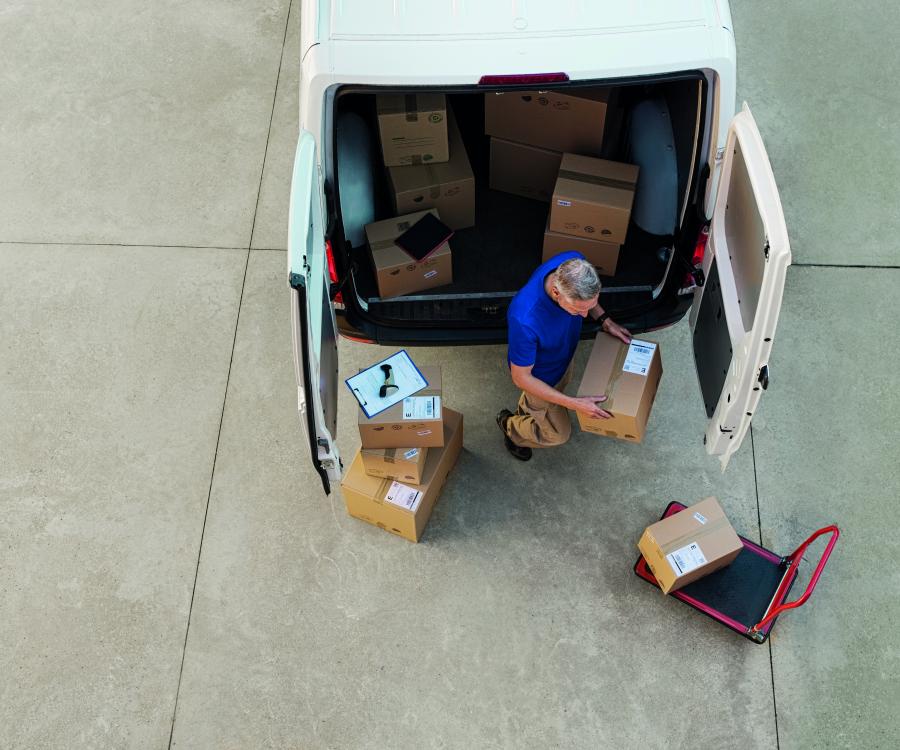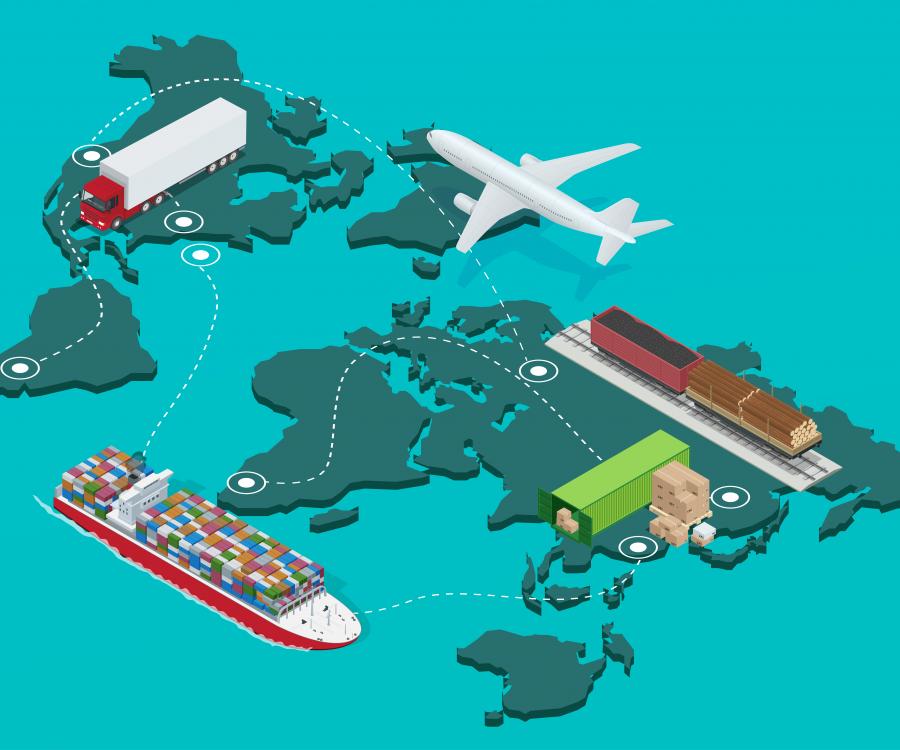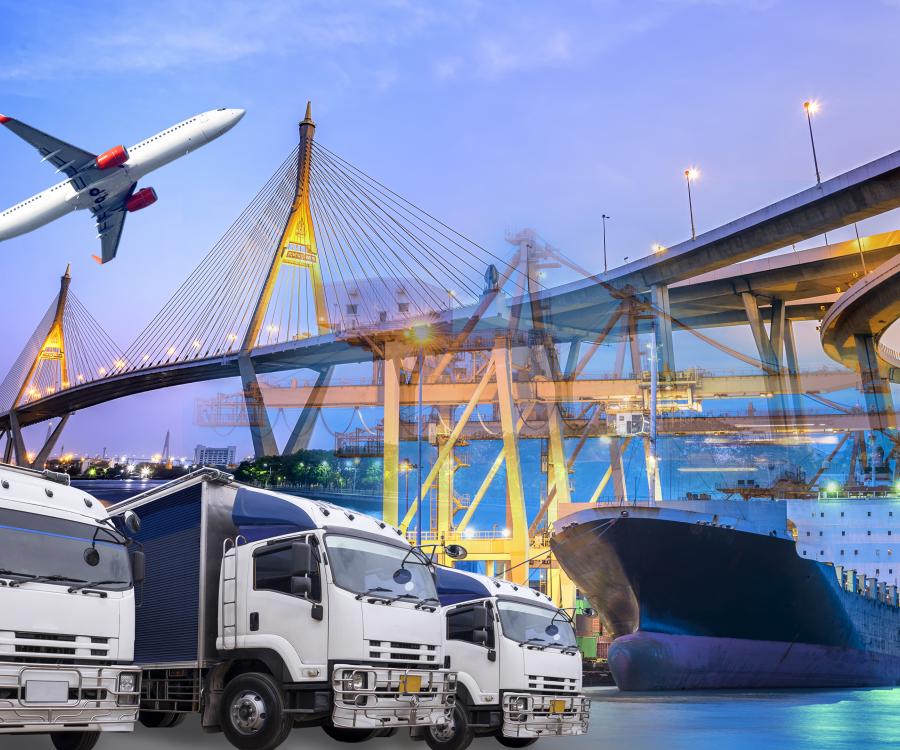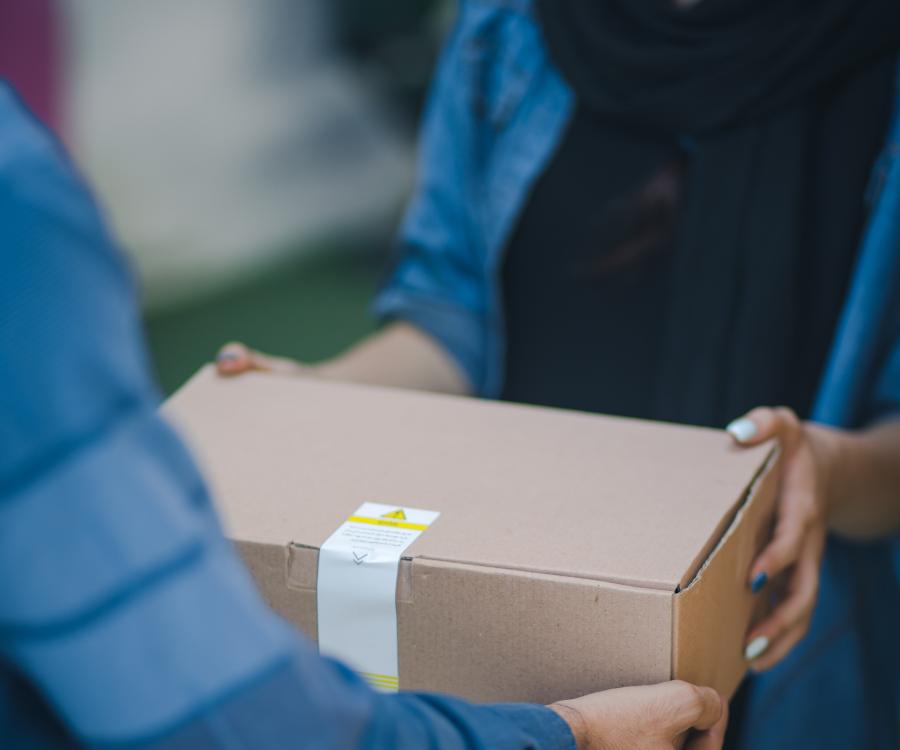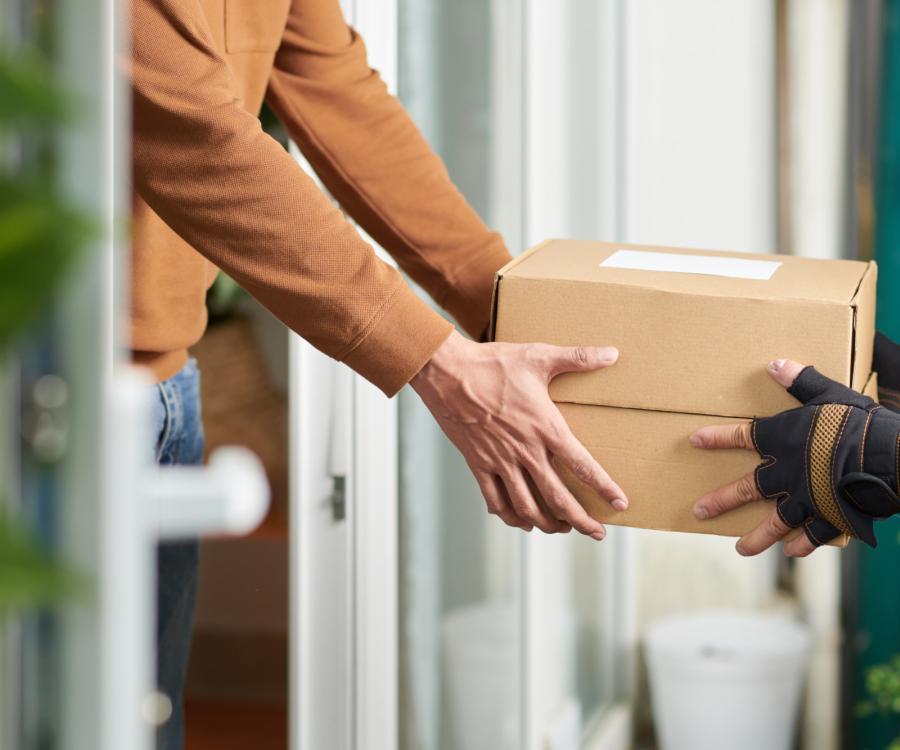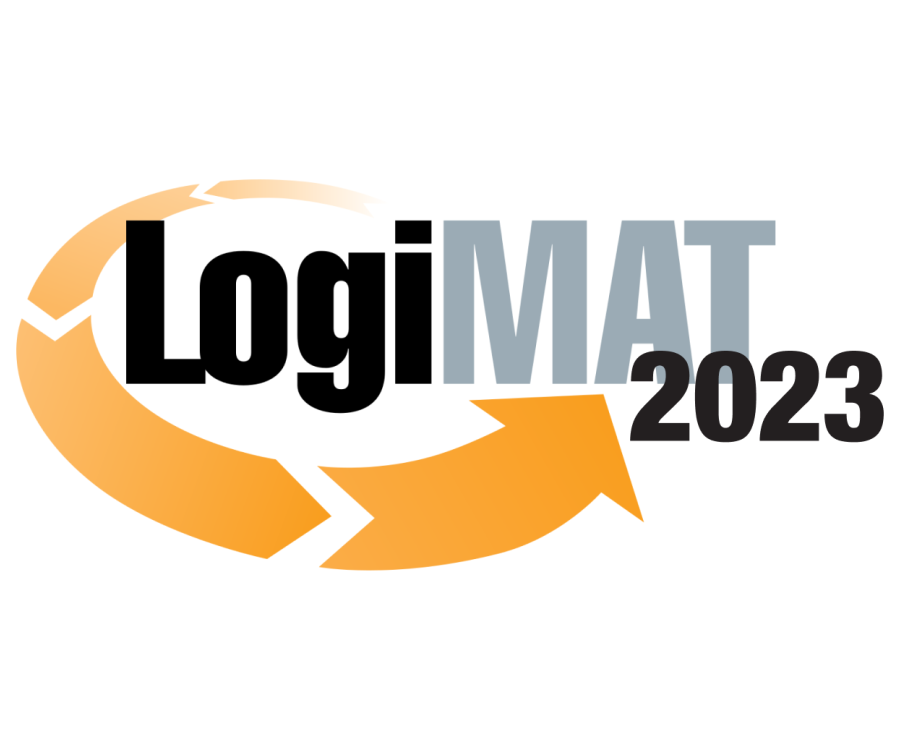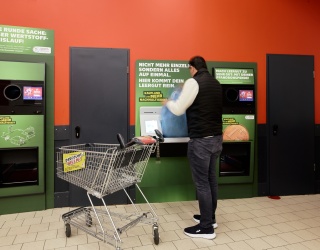More than ever before, retailers have to be ahead of their competition when it comes to filling orders and responding to customer requirements. The global hunger for consumption reached a new high in 2019, with retail sales of USD 25 trillion. And even though this upward trend was interrupted at the beginning of the COVID-19 pandemic, it will continue over the next ten years.
More and more people are consuming ever larger volumes of goods, and buyer preferences and behaviour are also changing. Today's buyers expect a total ubiquity of goods from retailers – at all times. Online deliveries are supposed to arrive the next day, and items should be easy to return. Customer service is expected to be available 24/7, on all channels. And customers want to know the status of their orders.

Delivery tracing is becoming more important
Most online merchants offer the option of tracking orders and checking when the delivery will arrive. This aspect, which has long been established practice in the consumer segment, has not been possible in the B2B world for a long time, even though knowing a truck's probable arrival time (ETA = estimated time of arrival) is an important indicator for minimising waiting times at the loading dock and improving capacity planning.
Even though it is already standard in the B2C segment, real-time supply chain visibility was not available within B2B for a long time. This was partly due to the sheer size and heterogeneous nature of the market. Europe alone has around 600,000 logistics providers that use up to 600 telematics systems to trace the position and other data of their vehicles. Also, until a few years ago it was simply not possible to set up such a complex tracking system due to a lack of data and affordable computing capacities.
Artificial intelligence: calculating ETAs in real time
Using modern algorithms, artificial intelligence and big data, ETAs can now be predicted and communicated so precisely that possible delays no longer lead to long waiting times at the loading dock. The French company Shippeo offers a platform solution that translates this scenario (which is well known from the B2C world) into the B2B context on the basis of AI. Delivery dates are calculated with an accuracy of up to 98%.
Enormous leverage for retailers
This technology is particularly useful for the retail sector. In supermarkets, staff expect a truck with new merchandise to arrive at a specific hour. If the delivery is significantly delayed, they call the warehouse, which in turn calls the freight forwarder that tries to reach the driver. This is a very time-consuming and inefficient process. But if the tracking system informs the supermarket of the delay and the expected arrival time early on, such calls can become a thing of the past. This, in turn, leads to a general increase in efficiency. Even if calls are needed, customer service is now better able to respond to inquiries using such a system, increasing customer satisfaction.
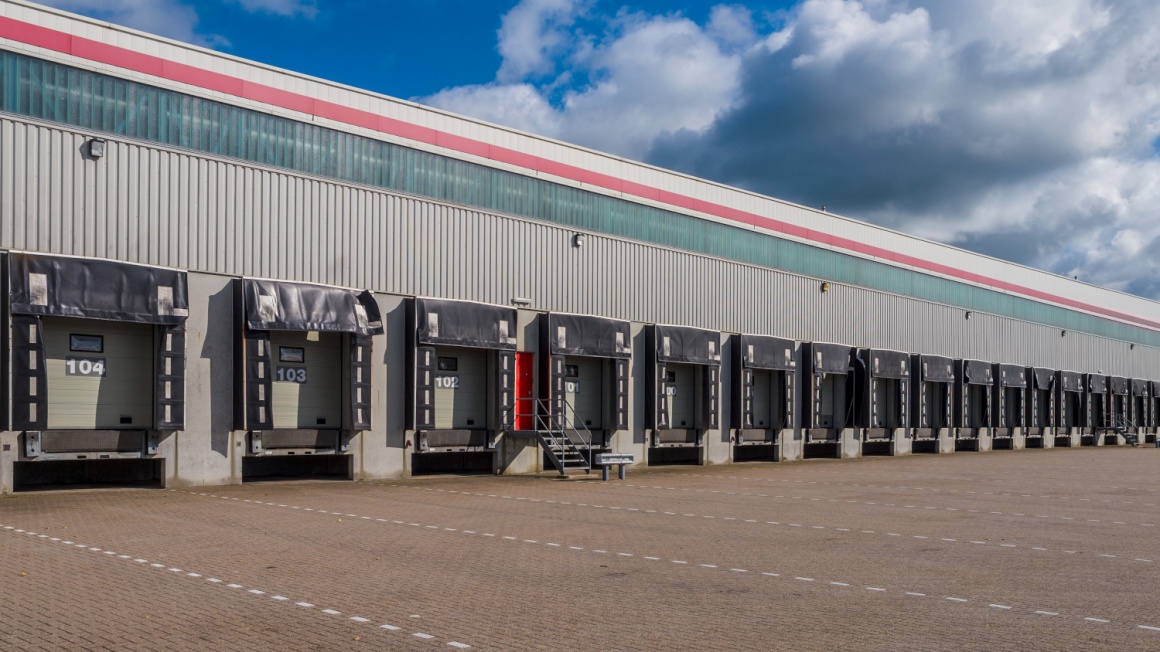
Real-time supply chain visibility with machine learning
The seamless tracking of deliveries requires data to be collected every three to five minutes. Added to this is storage data and traffic information that is used to calculate the speed of the truck. This data is obtained from several telematics providers in Europe. The normal resting times and loading times at the dock must also be taken into account. Moreover, external data sources (e.g. weather or traffic jam forecasts) are required to calculate an exact ETA from the real-time data. Ultimately, data from up to 500 different sources are needed for this purpose.
Processing the large volumes of collected data is the classic use case for machine learning technologies. All of that data, particularly GPS and traffic data, is first aggregated and (in the case of Shippeo) transferred to a proprietary ETA algorithm, which analyses it and calculates the expected arrival time of the delivery. Over time, the algorithm learns and refines its forecasts. For example, if traffic jams are common on a certain section of the route during a particular time of the day, this information will be considered in future calculations. The algorithm also gradually learns to better estimate the loading and unloading times at different stations. In many cases, an exact ETA can be provided one day before the delivery.

Collaboration and the break-up of data silos create added value for all
As in other industries, the best way to solve big challenges that affect multiple stakeholders is to collaborate, work together and exchange knowledge, data and insights. The collaboration between all of the players has a considerable bearing on efficiency increases, the rationalisation of processes, the acceleration of innovation and finding solutions to other challenges in the industry sector. It is important to break down the silos in the different companies and to integrate data sets on one platform. This creates maximum benefits for all partners in the supply chain.



